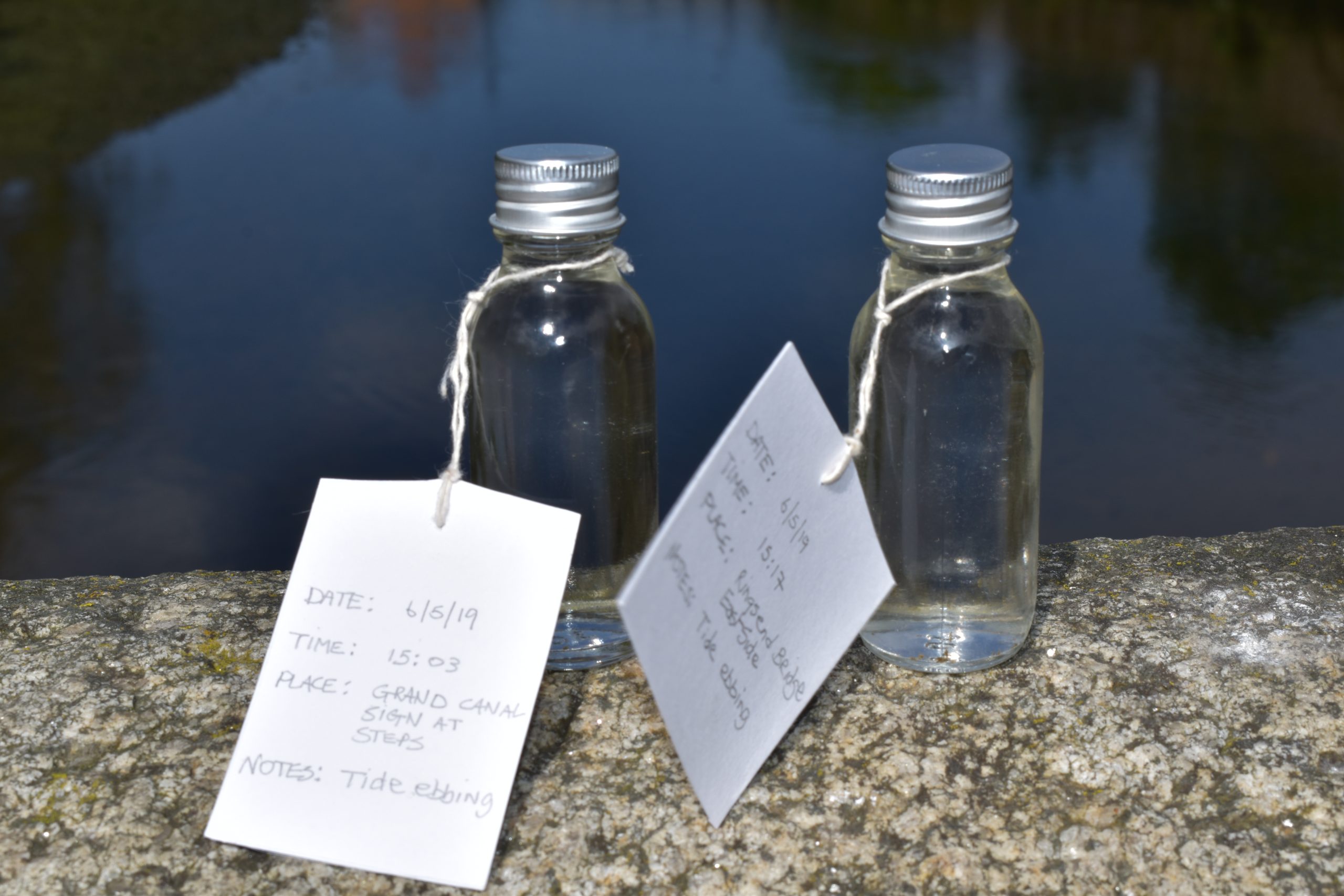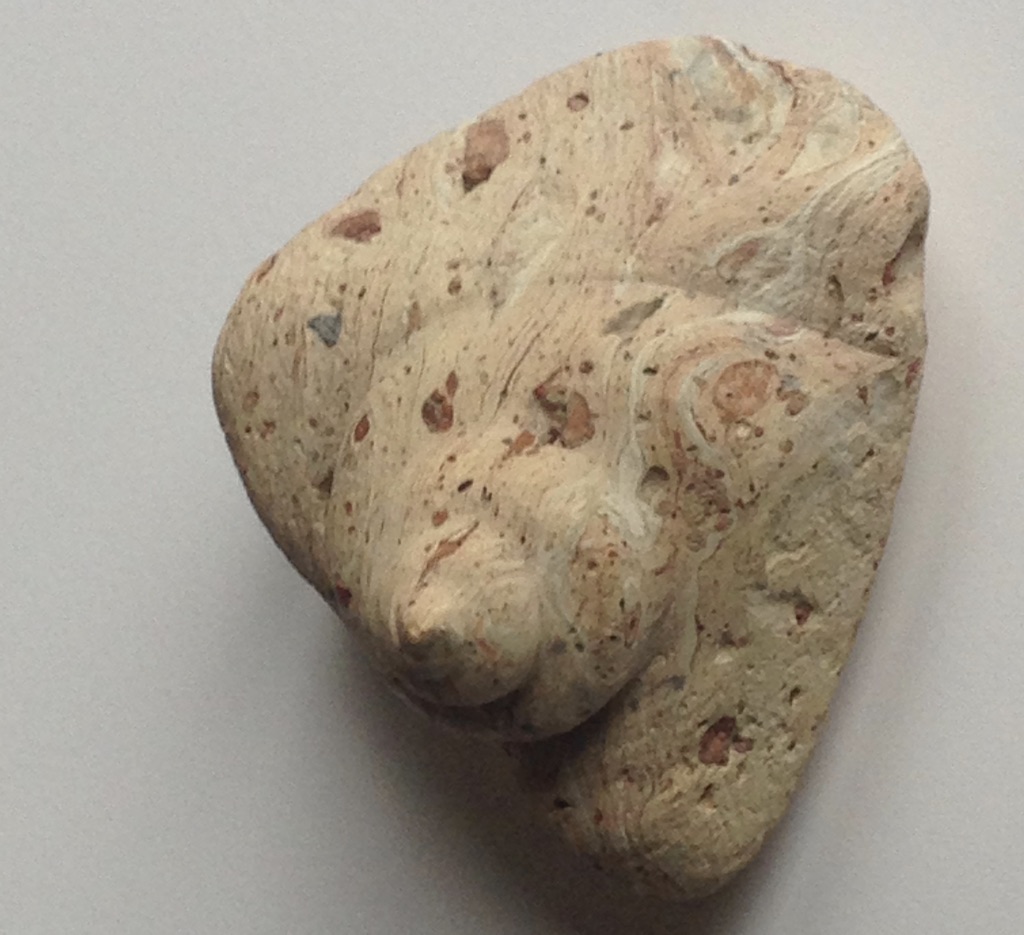Latest Entries
-

Shift and Remove. Seeing through devices.
My research is focused on how we perceive the universe and how that perception is transmuted through “devices”. One of these is the mobile phone and its facility for taking instantly viewable photographs.
-
Dodder Walking
With Gauttari’s “Singularisation” (Three Ecologies) as a device, and using the Dodder River as a focus I am walking the length of the river noting what I find along the way, and making a “Walking Book” as I go.
-
Trans-Disciplinary Conversations on Peatlands
Trans-disciplinary Conversations on Peatlands: UCC, Saturday 8thJuly 2017Venue- Rm 255, O’Rahilly Building, UCC Main Campus
-
Shifitng Sands
This is the work I am currently doing. It is essentially a research project and I am “sea-watching” – observing the way the water changes the sand, the composition of the sand, the movement of the sand, the marks left behind by the sea.
-

Bricks to Shells
The long Earth-processes, the formation of soil, clay, rock, are the inspiration for this piece
-
CIG Art and Geography
Myself and Artist Dorothy Smith presented our collaborative project “Walking/Drawing” : http://kathyherbert.ie/walking-drawing/ at the Conference of Irish Geographers in Dublin in May 2016.
-
“Pressed”, the finished piece
“Pressed” is drawn using graphite sticks on paper. the image is drawn from pressed flowers,which have begun to deteriorate.